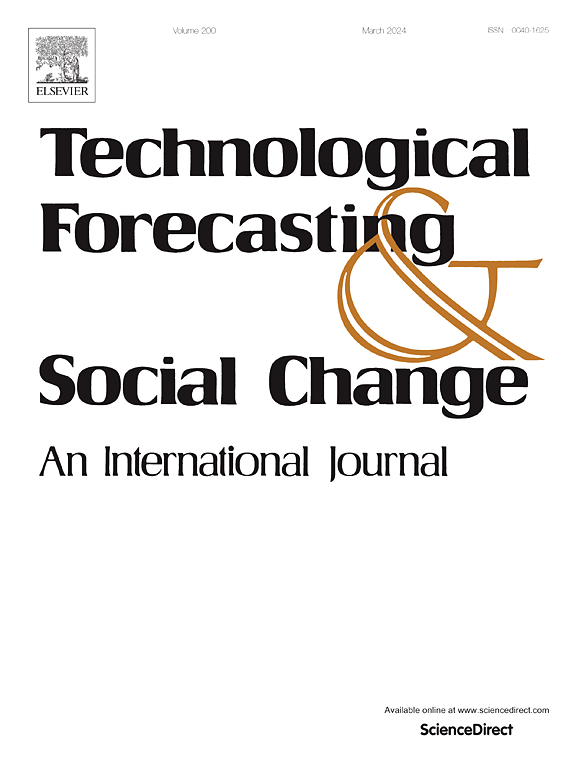设计电动交通解决方案:一个动态能力模型
IF 13.3
1区 管理学
Q1 BUSINESS
Technological Forecasting and Social Change
Pub Date : 2025-02-13
DOI:10.1016/j.techfore.2025.124037
引用次数: 0
摘要
交通电气化的进步正在改变交通领域。能源、动力系统的变化,以及软件和服务日益重要的作用,为新的解决方案和日益激烈的竞争提供了机会。因此,各企业都在寻求加强和简化电动汽车(ev)的产品开发。然而,从创新管理的角度对汽车电气化的研究仍然很少。以往的研究主要采用概念方法,经验证据有限,或仅限于单一案例研究,对电动汽车产品设计过程的全面、基于经验的分析存在空白。我们采用动态能力(DC)基础进行了定性的多案例研究,因为它非常适合移动行业的持续发展。之前的研究已将数据中心应用于市场层面的移动电气化分析,但仍需要对产品创新有更深入的了解。本研究旨在通过识别、系统化和讨论电动交通解决方案发展中的新兴模式来填补这一空白。结果包括设计电动交通解决方案的直流模型,由十个能力组成,分为四个总体维度:外部视角、不确定性管理、同步和系统工程。另一个结果是对公司如何开发电动交通解决方案的详细描述。本文章由计算机程序翻译,如有差异,请以英文原文为准。
Designing electric mobility solutions: A dynamic capability model
Advances in transportation electrification have been transforming the mobility sector. Changes in energy sources, powertrains, and the increasing role of software and services have opened opportunities for novel solutions and increased competition. Consequently, companies seek to enhance and streamline product development for electric vehicles (EVs). However, research on vehicle electrification from the perspective of innovation management remains scarce. Previous studies predominantly adopted a conceptual approach with limited empirical evidence or are restricted to single-case research, leaving a gap in comprehensive, empirically grounded analyses of EV product design process. We conducted a qualitative multiple-case study employing a dynamic capability (DC) foundation, as it is well-suited to the ongoing evolution of the mobility industry. Prior studies have applied DCs to analyze mobility electrification at the market level, while a deeper understanding of product innovation is still needed. This study aimed to fill this gap by identifying, systematizing, and discussing emerging patterns in the development of electric mobility solutions. The results include a DC model for designing electric mobility solutions, consisting of ten capabilities organized into four aggregate dimensions: external perspectives, uncertainty management, synchronization, and systems engineering. Another result is a detailed description of how companies are developing electric mobility solutions.
求助全文
通过发布文献求助,成功后即可免费获取论文全文。
去求助
来源期刊
CiteScore
21.30
自引率
10.80%
发文量
813
期刊介绍:
Technological Forecasting and Social Change is a prominent platform for individuals engaged in the methodology and application of technological forecasting and future studies as planning tools, exploring the interconnectedness of social, environmental, and technological factors.
In addition to serving as a key forum for these discussions, we offer numerous benefits for authors, including complimentary PDFs, a generous copyright policy, exclusive discounts on Elsevier publications, and more.

 求助内容:
求助内容: 应助结果提醒方式:
应助结果提醒方式:


